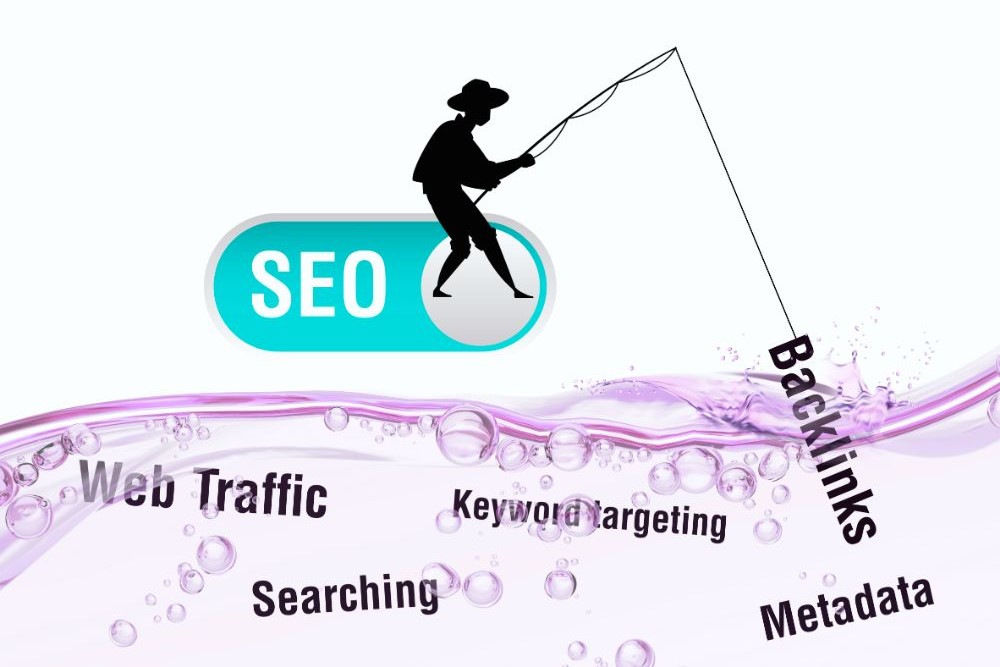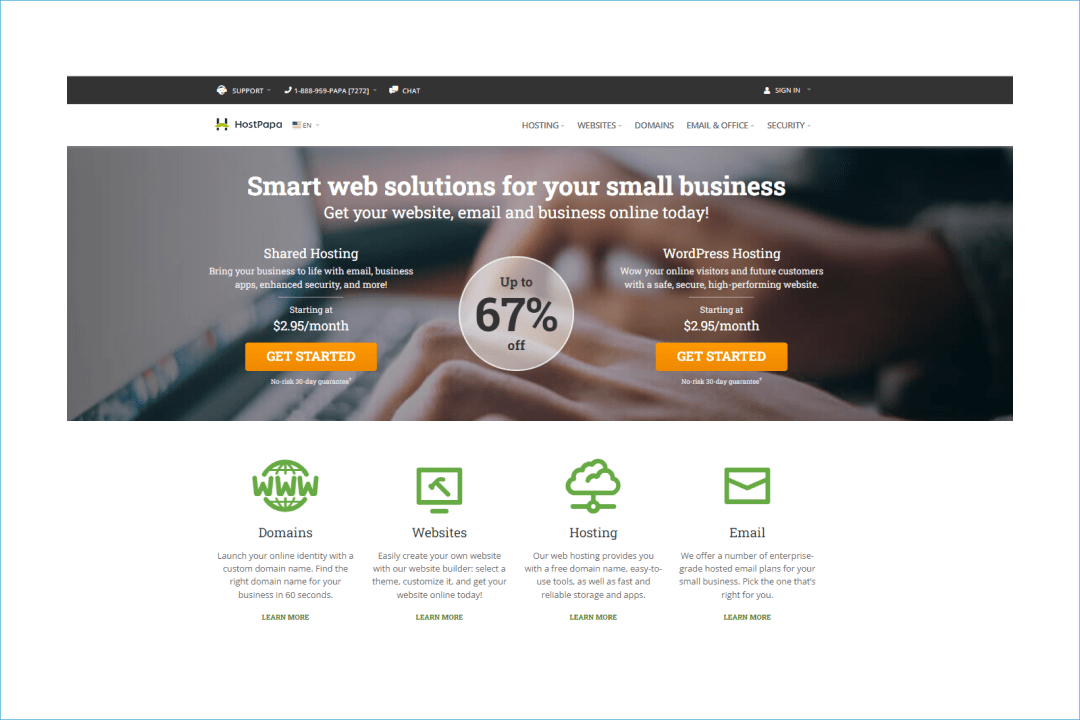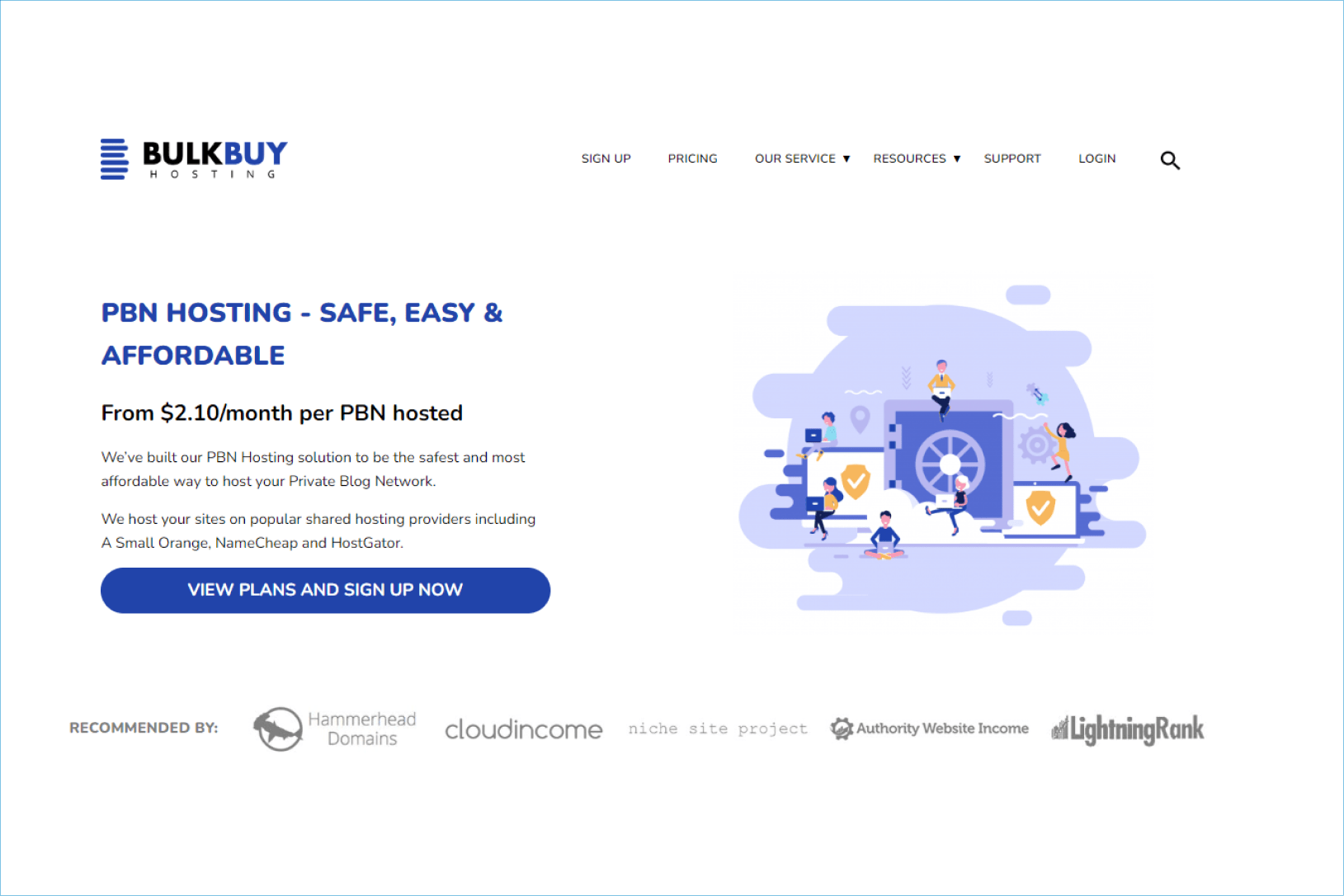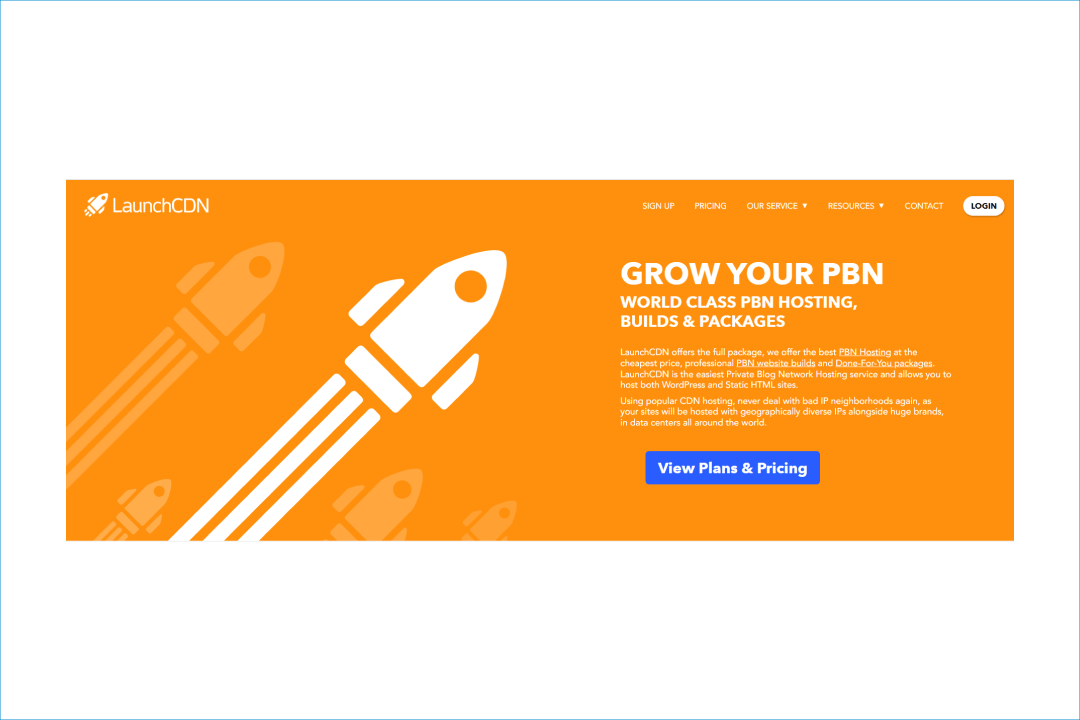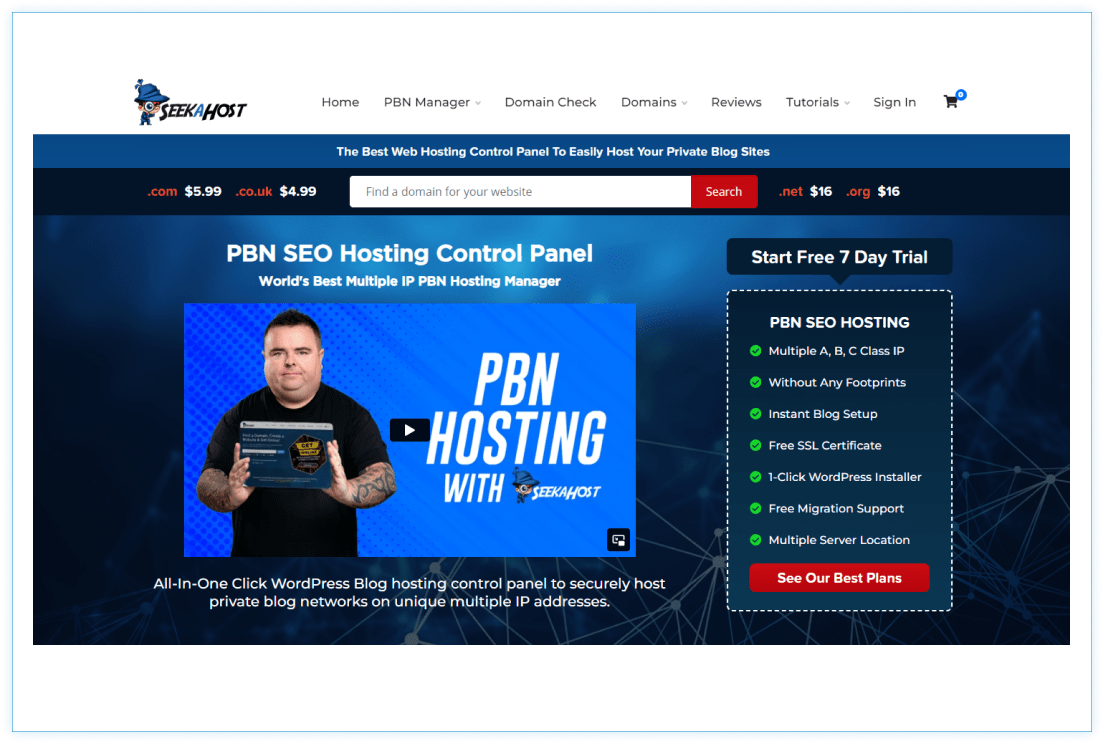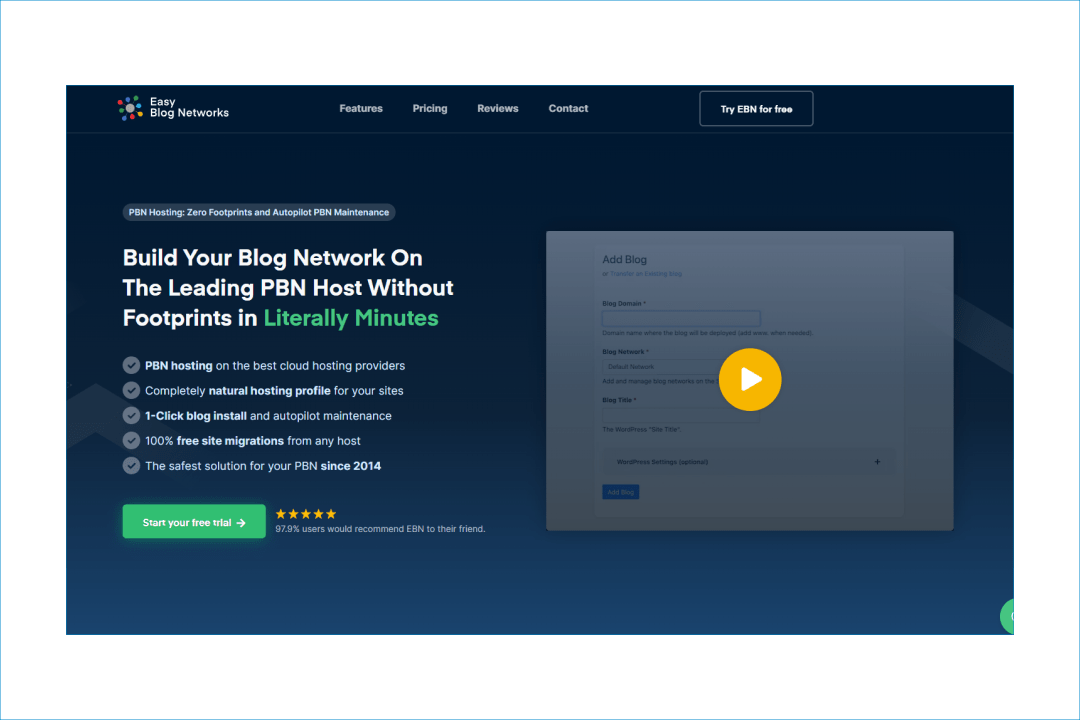
In the world of digital marketing, SEO (Search Engine Optimization) is crucial for driving traffic to your website. At the heart of SEO lies a fundamental concept: keywords.
Keywords are the specific words and phrases that people use to search for content related to your topic. Knowing how to use keywords effectively can greatly impact your website’s visibility and success.
In this article, we will explore the importance of keywords for SEO and provide guidelines on how to use them effectively in your content.
Key Takeaways
- Keywords are vital for connecting user queries with relevant website content, aiding search engines in understanding and ranking webpages effectively.
- Understanding the diverse range of keywords – from long-tail to branded – empowers marketers to craft tailored SEO strategies that resonate with different user intents.
- Good keywords strike a balance between relevance, search volume, and competition, ensuring they accurately reflect user intent and resonate with the target audience.
- Employ a strategic mix of keyword research tools, competitor analysis, and user feedback to uncover relevant keywords aligned with business goals and user needs.
- Seamless integration of keywords throughout website content, meta tags, and URLs, prioritizing user experience and value delivery over keyword density, is key to successful SEO.
What Are Keywords?
Keywords are the words and phrases that people use in search engines to find information, products, or services online. They are a crucial element of Search Engine Optimization because they help search engines understand the content of a webpage and match it to relevant user queries.
When you optimize your website’s content around the keywords that your target audience is searching for, your pages can rank higher in the search results for those terms. This can drive more targeted traffic to your site and help you attract potential customers who are actively looking for what you offer.
Why Are Keywords Important?
Keywords are essential in SEO because they help you understand what people are searching for online. They provide direction on how to connect with your audience effectively. By implementing keyword-optimized content, you can reach your audience precisely when they’re ready to make a purchase, which is a critical point in the customer journey where conversions and sales happen.
Connecting with Your Audience
Many advanced SEO and digital marketing strategies start with the fundamental task of generating, grouping, and clustering keywords. This process helps create the right content to appeal to and attract your ideal audience. By understanding the search terms your potential customers use, you can tailor your content to meet their needs and draw them to your site.
Driving Organic Traffic
If your goal is to drive organic traffic to your site, the keywords you choose to target – meaning the keywords you create content about and optimize your pages for – will determine how people find you through search engines. For example, if you own a golf shop, you might want to rank for “fancy new clubs.”
However, if your keyword strategy isn’t precise, you might attract traffic looking for “new dance clubs,” which isn’t relevant to your business. This highlights the importance of identifying and effectively targeting your primary keywords as the foundation of a robust SEO strategy designed to drive more organic traffic to your site.
Understanding Your Audience
Keywords are as much about understanding your audience as they are about your content. You might describe your offerings in a slightly different way than your audience does, which could lead to missing out on valuable traffic due to content gaps or wasting resources on the wrong keywords. To create content that ranks well organically and drives visitors to your site, you need to understand your audience’s needs, the language they use, and the type of content they seek.
Improving Search Engine Rankings
Keywords guide search engines in understanding and indexing your website, which helps improve your search engine rankings. When your content aligns with the keywords people are searching for, it signals to search engines that your site is a good match for those queries. This relevance can improve your site’s ranking in search engine results pages (SERPs), making it more likely that users will find and visit your site.
Improving User Experience
Keywords also improve the user experience. When your content matches the keywords people are searching for, it means you are providing valuable and relevant information. This relevance keeps visitors on your site longer, reduces bounce rates, and increases the likelihood that they will return in the future.
Maximizing Conversions and ROI
By focusing on the right keywords, you can ensure that your content meets your audience’s needs and attracts the right visitors to your site. This targeted approach helps drive high-quality traffic that is more likely to convert, leading to better results from your marketing efforts. Investing time and resources into keyword research and implementation can lead to a higher return on investment (ROI).

Types of SEO Keywords
Understanding the different types of SEO keywords is essential for creating a well-rounded and effective SEO strategy. Here are the main types of keywords you should consider:
Short-Tail Keywords
Short-tail keywords, also known as head terms, are broad and usually consist of one or two words. These keywords have high search volumes because they are general terms that many people search for. However, their broad nature makes them highly competitive, which can make it difficult for new or smaller websites to rank for them. For example, the keyword “shoes” has a high search volume, but it’s very generic and doesn’t target a specific audience.
Long-Tail Keywords
Long-tail keywords are more specific phrases that usually contain three or more words. Although these keywords have lower search volumes, they are less competitive and easier to rank for. Because they are more specific, long-tail keywords attract a more targeted audience that is often closer to making a purchase or taking a desired action. For instance, “women’s running shoes” is a long-tail keyword that targets a specific market segment and shows clear intent.
Geo-Targeted Keywords
Geo-targeted keywords are location-based and help connect your business with local customers. These keywords include specific geographical locations such as city names, regions, or neighborhoods. For businesses that depend on local traffic, like restaurants or local service providers, geo-targeted keywords are essential. An example of a geo-targeted keyword could be “best pizza in New York.” Using these keywords helps your business show up in local search results, making it easier for nearby customers to find you.
LSI Keywords
Latent Semantic Indexing (LSI) keywords are terms and phrases that are related to your main keyword. They help search engines understand the context of your content better. LSI keywords add depth to your content and can improve its relevance and ranking potential. For example, if your main keyword is “apple,” LSI keywords could include “fruit,” “orchard,” “iPhone,” and “technology.” These related terms help clarify whether you are talking about the fruit or the technology company.
Branded Keywords
Branded keywords are terms that include your brand name or variations of it. These keywords are important for building brand awareness and attracting customers who are specifically looking for your business. For example, if your brand is “Nike,” branded keywords might include “Nike shoes” or “Nike sportswear.” Optimizing for branded keywords ensures that your brand shows up prominently in search results when users search for your specific products or services.
Non-Branded Keywords
Non-branded keywords do not include your brand name and are often more generic. These keywords are essential for attracting new customers who are not yet familiar with your brand. For example, if you sell sportswear, non-branded keywords might include “running shoes” or “workout gear.” Targeting non-branded keywords can help you reach a broader audience and increase your brand’s visibility to potential new customers.
Product Keywords
Product keywords are specific to the products you sell. Customers use these keywords to search for particular items. For example, “iPhone 12 case” is a product keyword that targets users looking for a specific item. By optimizing your content for product keywords, you can attract customers who are ready to make a purchase, thereby increasing your chances of conversion.
Competitor Keywords
Competitor keywords are the keywords your competitors are targeting. By analyzing and incorporating competitor keywords into your SEO strategy, you can identify gaps in your own keyword targeting and find new opportunities to attract traffic. Tools like SEMrush and Ahrefs allow you to conduct competitive analysis and see which keywords are driving traffic to your competitors’ sites. Learn more about how to beat your competitors here: https://quirk.biz/how-to-beat-competitors-at-seo/
Transactional Keywords
Transactional keywords are used by searchers who are ready to make a purchase or complete a transaction. These keywords often include terms like “buy,” “discount,” “deal,” or “coupon.” For example, “buy iPhone 12” is a transactional keyword indicating a strong intent to purchase. Optimizing for transactional keywords can help you capture highly motivated customers who are ready to convert.
Informational Keywords
Searchers use informational keywords to find information rather than make a purchase. These keywords often include terms like “how to,” “what is,” or “tips.” For example, “how to tie a tie” is an informational keyword. Creating content around informational keywords can help attract users in the research phase and establish your site as an authority in your niche.
Navigational Keywords
Navigational keywords are used by searchers looking for a specific website or page. These keywords often include brand names or specific website features. For example, “Facebook login” or “Amazon customer service” are navigational keywords. Optimizing for navigational keywords ensures that users can easily find your site when they are specifically looking for it.
Seasonal Keywords
Seasonal keywords are terms that are relevant during specific times of the year. These keywords can help you attract traffic during peak seasons for your products or services. For example, “Christmas gift ideas” or “summer vacation packages” are seasonal keywords. Planning and optimizing your content around seasonal keywords can help you capitalize on increased search volumes during these times.
What Makes a Good Keyword?
Choosing the right keywords is essential for a successful SEO strategy. Here are the key characteristics that make a keyword effective:
Relevance
A good keyword is relevant to your content, products, or services. It accurately reflects the topic or theme of your website or webpage and aligns with the needs and interests of your target audience. Relevance ensures that your content meets the expectations of users and provides value to them.
Search Volume
An ideal keyword has a sufficient search volume, indicating that there is demand for the topic or query it represents. While high search volume keywords attract more traffic, they may also be more competitive. Balancing search volume with competition levels is crucial for selecting keywords that offer the best opportunities for visibility and traffic.
Competition
Consider the level of competition for a keyword, as this impacts your ability to rank for it in search results. Highly competitive keywords may be challenging to rank for, especially for new or smaller websites. Targeting less competitive keywords allows you to increase your chances of ranking well and attracting organic traffic to your site.
Intent
A good keyword aligns with the search intent of users, meaning it reflects the reason behind their search query. Keywords can be informational (seeking information), navigational (looking for a specific website), or transactional (intending to make a purchase). Understanding the intent behind keywords helps you create content that addresses the needs and expectations of users at different stages of the customer journey.
Specificity
Specific keywords, known as long-tail keywords, target a narrower audience with higher intent. While these keywords may have lower search volumes, they often result in higher conversion rates because they attract users with clear and specific needs. Incorporating a mix of broad and specific keywords in your strategy allows you to reach different segments of your target audience effectively.
Understanding Keyword Metrics
Keyword metrics provide valuable insights into the performance and potential of keywords for your SEO strategy. Here are the key metrics to consider when analyzing keywords:
Search Volume
Search volume indicates how many times a keyword is searched for within a specific time frame, typically on a monthly basis. Keywords with higher search volumes have more potential to attract traffic to your site, but they may also face higher competition. Understanding search volume helps you prioritize keywords and focus your efforts on those with the greatest potential for visibility and traffic.
Keyword Difficulty
Keyword difficulty measures how challenging it is to rank for a particular keyword in search engine results pages (SERPs). Factors such as competition levels, domain authority, and content quality influence keyword difficulty. Higher difficulty scores indicate more competitive keywords that may be harder to rank for, especially for new or smaller websites. Balancing keyword difficulty with relevance and search volume is essential for selecting keywords that offer realistic ranking opportunities.
Cost Per Click (CPC)
Cost Per Click (CPC) is the average amount advertisers pay for each click on a paid search ad triggered by a keyword. CPC provides insights into the commercial value of a keyword and its potential for generating revenue through paid advertising. Higher CPC values indicate keywords with greater commercial intent and potential profitability. While CPC is primarily relevant for paid search campaigns, it can also inform your organic keyword strategy by highlighting valuable and competitive keywords in your niche. If you are interested, you can read our article What is Pay-Per-Click Marketing.
Click-Through Rate (CTR)
Click-Through Rate (CTR) measures the percentage of users who click on a search result after seeing it in search engine results pages (SERPs). Higher CTRs indicate that a keyword or search result is relevant and compelling to users. Analyzing CTRs helps you understand how well your content performs in search results and identify opportunities for optimization. Factors such as meta titles, descriptions, and search result position influence CTRs, so optimizing these elements can improve your overall click-through rates.

How to Find Keywords
Finding the right keywords is crucial for a successful SEO strategy. Here are some effective methods for discovering keywords relevant to your content and audience:
Brainstorming
Start by brainstorming a list of potential keywords related to your topic or niche. Put yourself in your audience’s shoes and think about the terms they might use when searching for information or products like yours. Consider different variations and synonyms. Don’t worry about filtering at this stage; the goal is to generate a broad list of ideas to work with.
Using Keyword Research Tools
Keyword research tools provide valuable insights into search volumes, competition levels, and related keywords. Tools like Google Keyword Planner, SEMrush, Ahrefs, and Moz offer data-driven insights to help you identify relevant keywords for your content. Enter your brainstormed ideas into these tools to discover new keywords, analyze their search volumes, and assess their competition levels.
Analyzing Competitors
Study the keywords your competitors are using to understand their SEO strategies. Tools like SEMrush and Ahrefs let you review competitor websites and find the keywords driving traffic to their pages. Look for patterns and identify keywords that match your content and audience. You can use this information to improve your keyword list and find new opportunities.
Considering Search Intent
To improve your SEO, it’s important to understand why people are searching for specific keywords. They might be looking for information, a particular website, or wanting to make a purchase. Align your keyword choices with what your audience is searching for to ensure your content meets their needs and expectations.
Conducting Content Gap Analysis
Make sure to identify any gaps in your current content by looking at the keywords you currently rank for and comparing them to your desired keywords. This will help you find opportunities to create new content or improve existing content to target relevant keywords that you’re not currently ranking for. By addressing content gaps, you can make sure that you cover all aspects of your topic and increase your visibility in search results.
Using Google Autocomplete and Related Searches
Take advantage of Google’s autocomplete feature and related searches to discover additional keywords. Start typing a keyword related to your topic into the Google search bar, and observe the suggested autocomplete options. These suggestions can provide insight into popular search queries related to your keyword. Additionally, scroll to the bottom of the search results page to find related searches that can expand your keyword list further.
Incorporating User Feedback
Listen to feedback from your audience to identify common questions, concerns, or interests related to your niche. Pay attention to comments on your website, social media channels, and forums within your industry. Use this feedback to uncover potential keywords and topics that resonate with your audience and address their needs effectively.
Learn more about finding keywords in our article How to Do Keyword Research for SEO.
How to Use Keywords in SEO
Once you’ve identified relevant keywords, it’s essential to use them strategically throughout your website to optimize for search engines and improve your chances of ranking well in search results. Here are some key strategies for effectively using keywords in your SEO efforts:
Content Optimization
Integrate keywords naturally into your content, ensuring they flow smoothly and provide value to your readers. Avoid keyword stuffing, as this can negatively impact user experience and lead to penalties from search engines. Use keywords in headings, subheadings, and throughout the body of your content to signal to search engines what your content is about.
Meta Tags Optimization
Include keywords in your meta titles and descriptions to help search engines understand the relevance of your pages to search queries. Write compelling and descriptive meta tags that accurately reflect the content of your pages while incorporating your target keywords. Optimizing meta tags can improve your click-through rates and attract more organic traffic to your site.
URL Structure
Incorporate keywords into your URL structure to create SEO-friendly URLs that clearly indicate the topic of your pages. Avoid long and complex URLs, and use hyphens to separate words for readability. Including keywords in your URLs can help search engines crawl and index your pages more effectively, improving your chances of ranking for relevant search queries.
Heading Tags
Use keywords in your heading tags (H1, H2, etc.) to organize your content and highlight important sections. Heading tags provide structure to your content and help both users and search engines understand the hierarchy of information on your pages. Include relevant keywords in your headings to emphasize the main topics and themes of your content.
Image Alt Text
Incorporate keywords into the alt text of your images to improve their visibility in image search results. Alt text provides a text alternative to images for users who cannot view them, and search engines use this information to understand the content of your images. Use descriptive alt text that includes relevant keywords to enhance the accessibility and SEO of your images.
Conclusion
Кeywords are crucial because they help bridge the gap between what your audience is searching for and the content you provide. They guide search engines in understanding and indexing your website, improve your search engine rankings, enhance user experience, and ultimately drive targeted traffic that is more likely to become customers.
By understanding and using these various types of SEO keywords, you can create a wide and effective keyword strategy that addresses different aspects of user intent and search behavior. This approach will help improve your search engine rankings, attract targeted traffic, and ultimately achieve better results for your business.

























